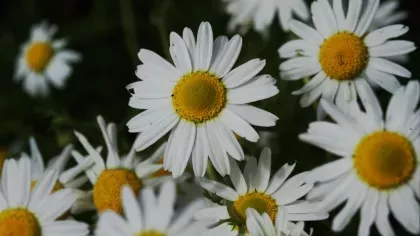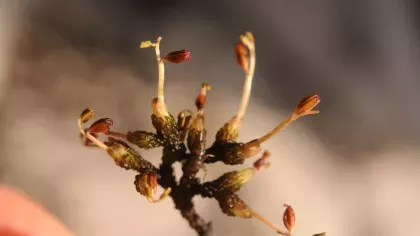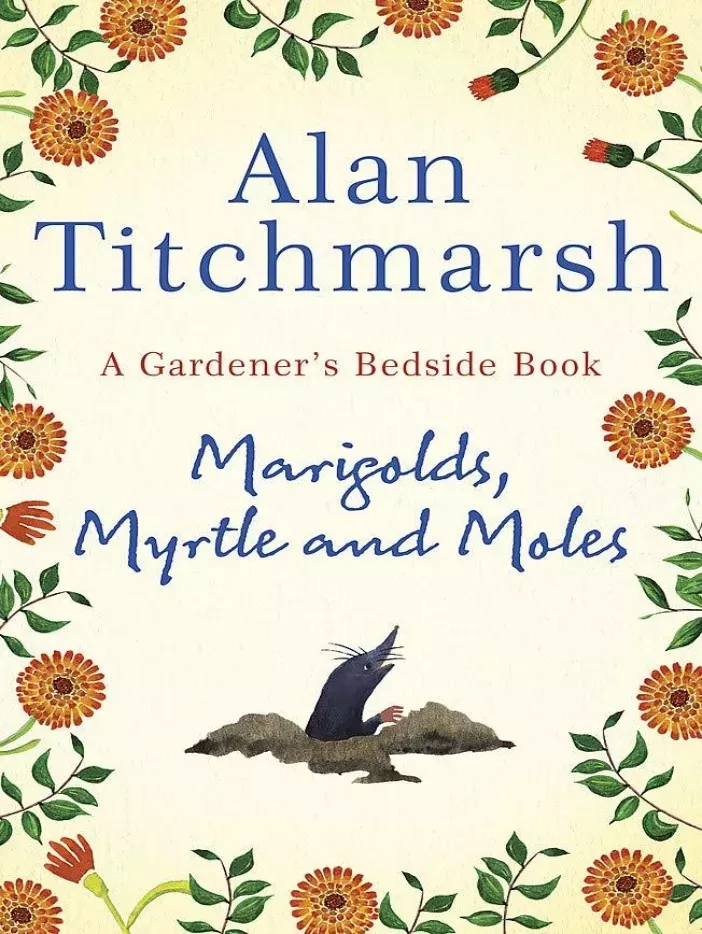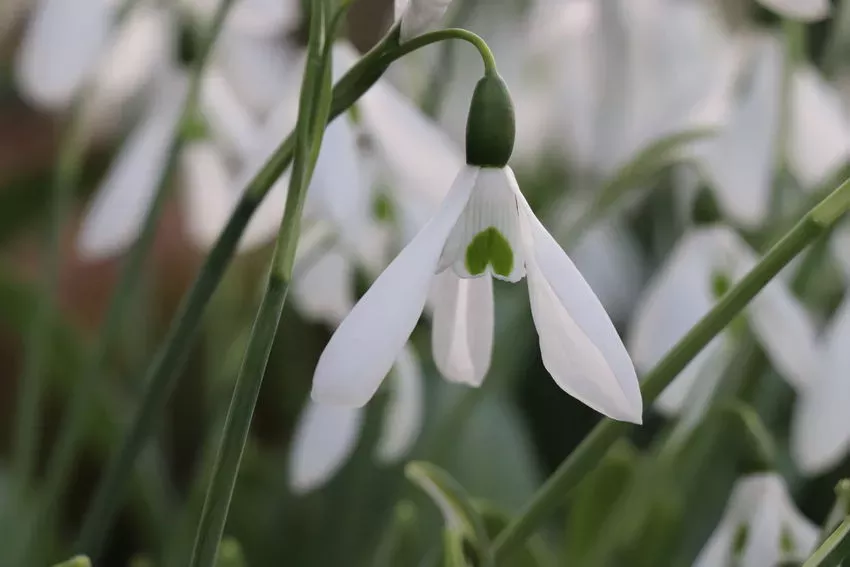
Common snowdrop
On this page
Common snowdrops are among the first spring blooms that decorate woodland floors, meadows, and gardens with a carpet of white.
Look out for their delicate, nodding flowers between January and March.
Snowdrop enthusiasts and avid collectors are often called ‘galanthophiles’; some spend upwards of £350 to get their hands on a single, desirable bulb.
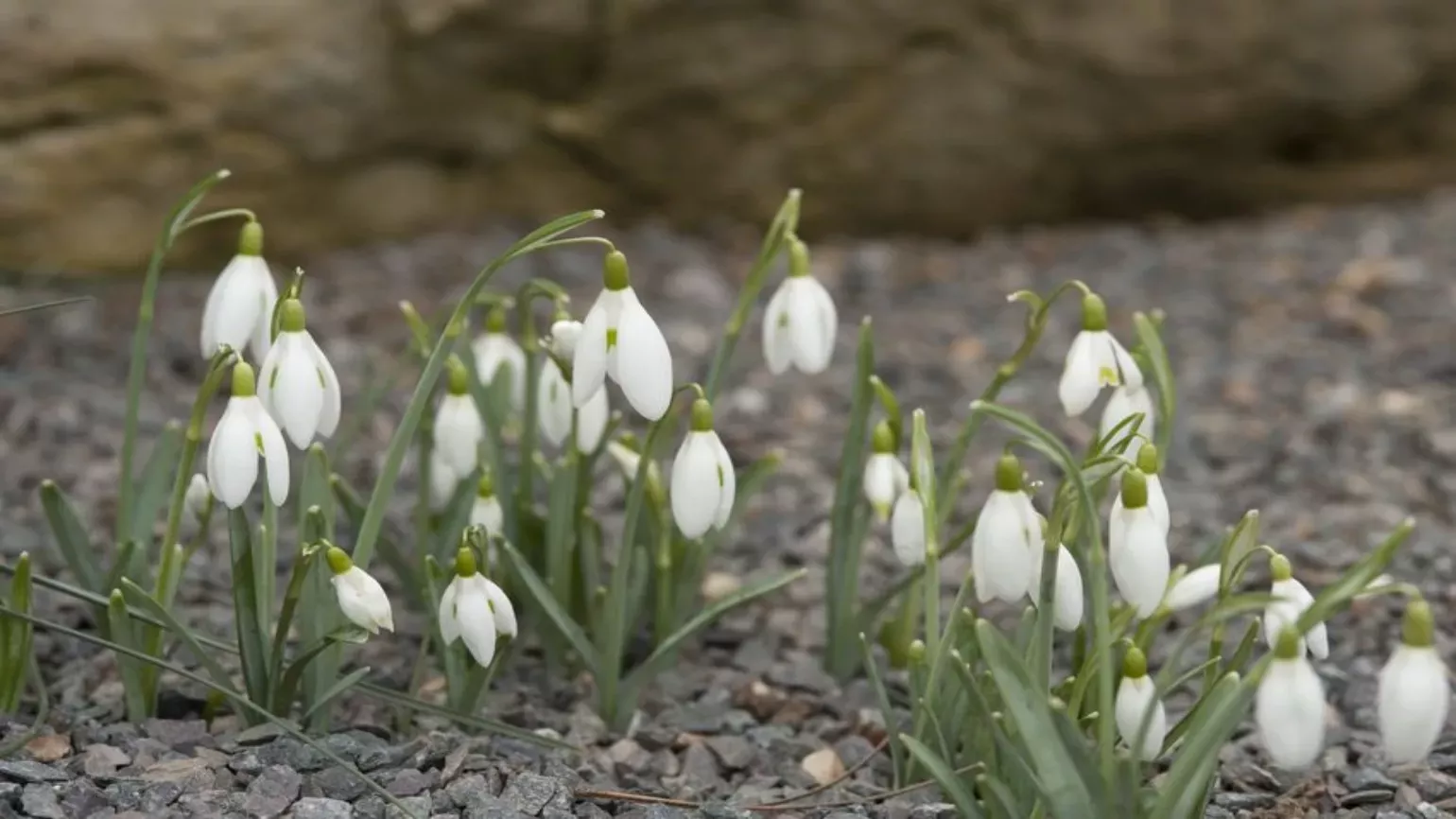
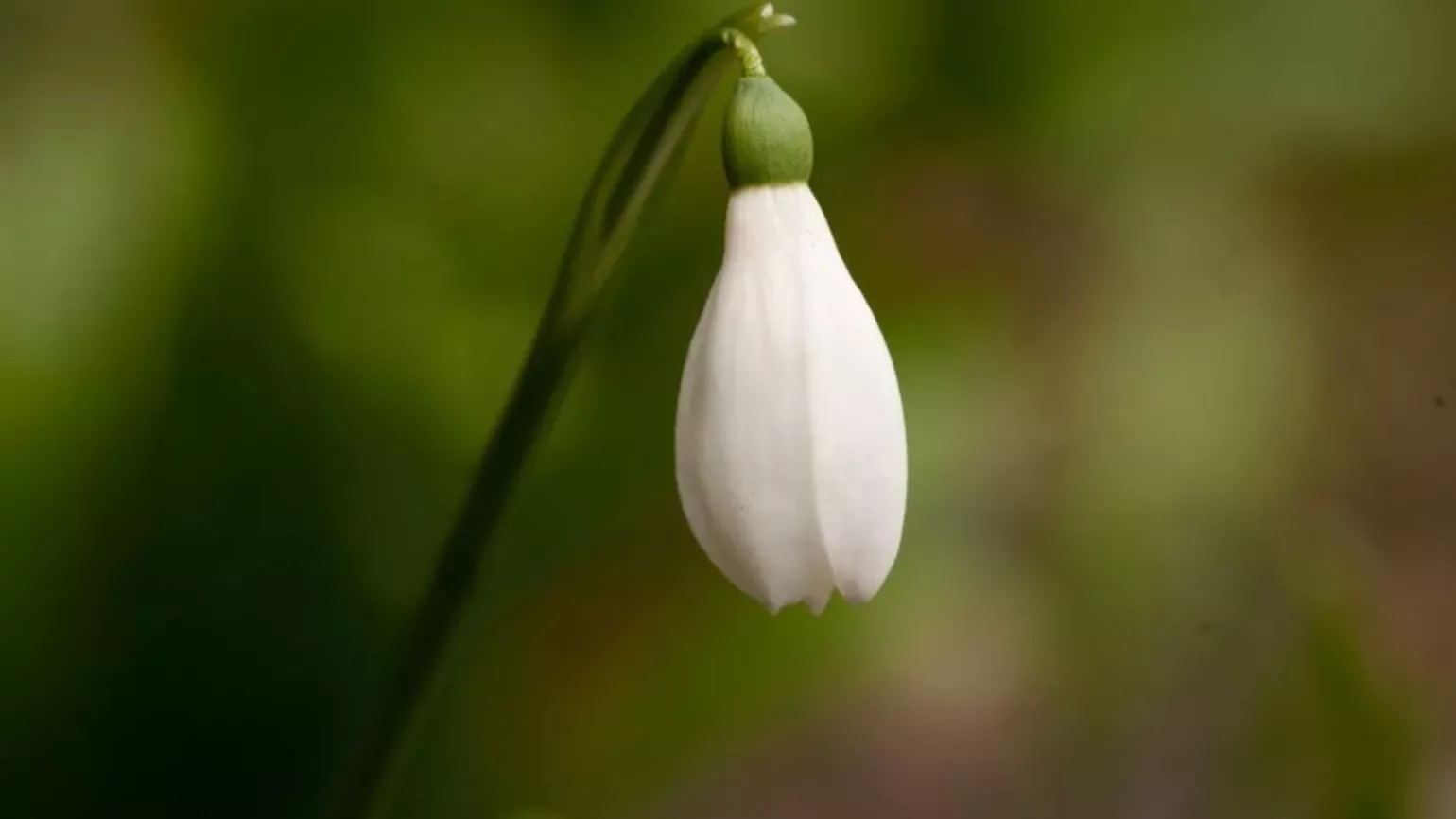
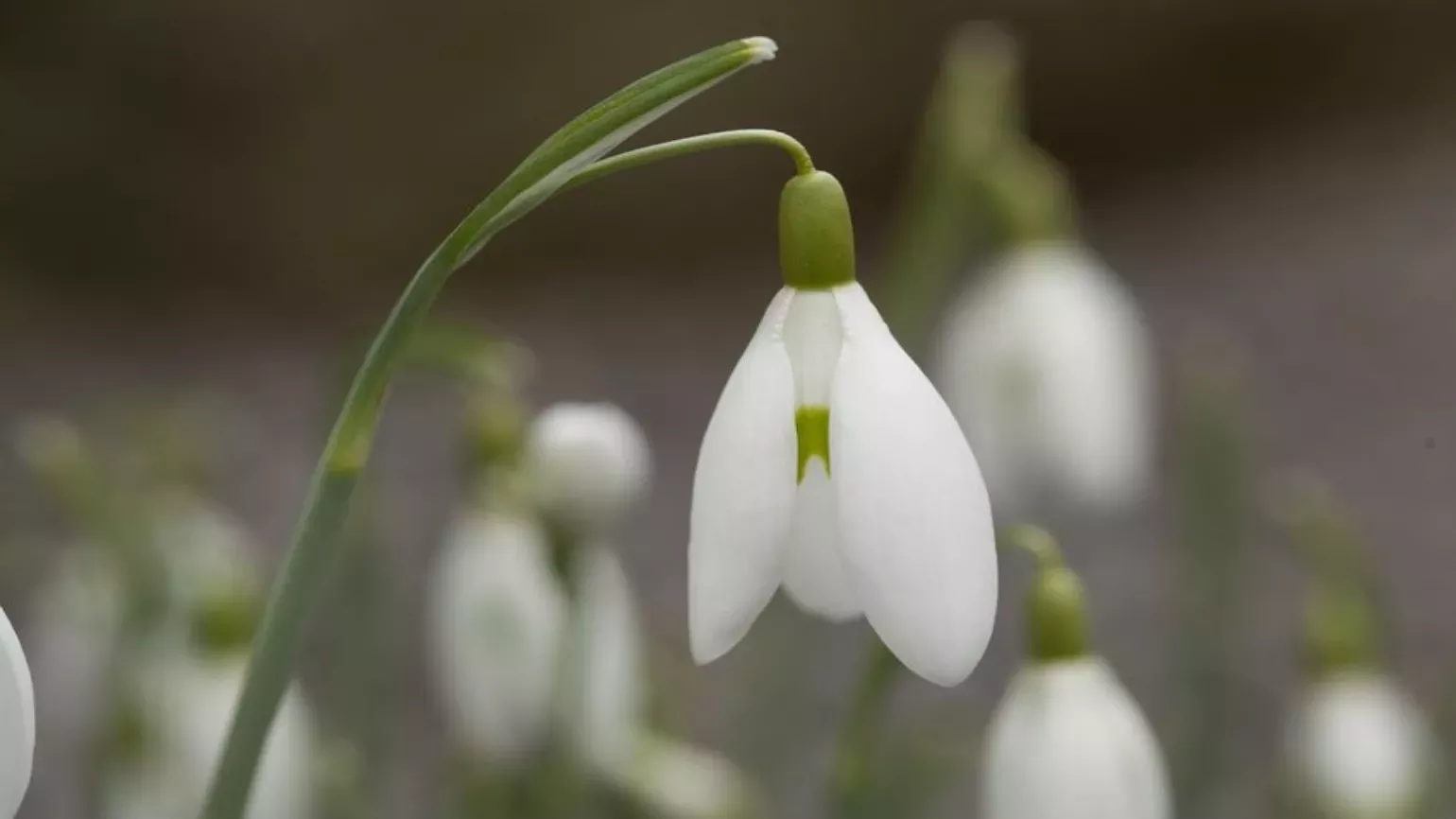
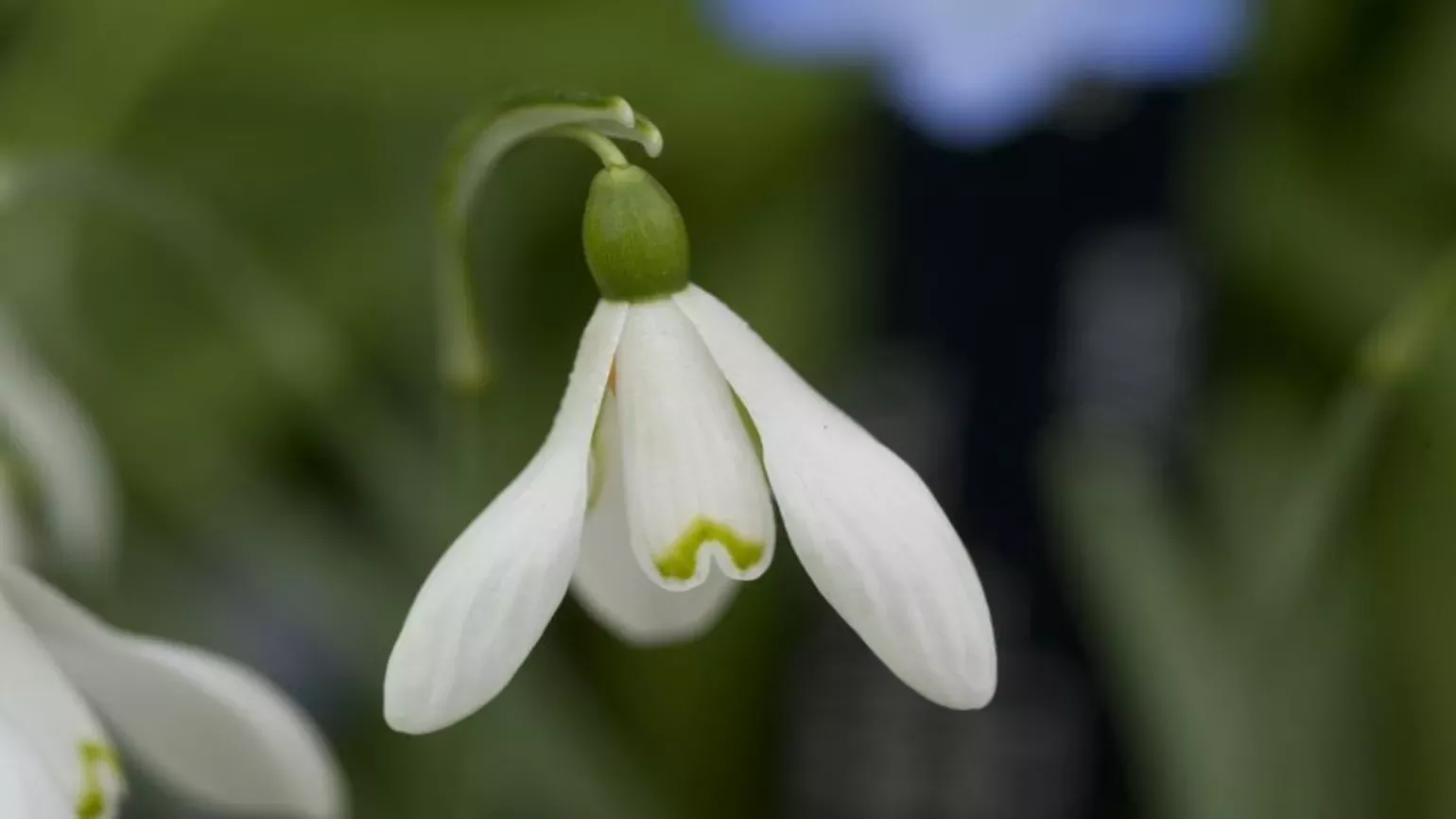

Plant description
Bulbous plant that often grows in clumps with smooth, narrow, greyish-green leaves. Its nodding, white flowers each appear at the end of a single, green, leafless stalk.
Plant uses
Cultural
The common snowdrop is one of the most popular cultivated bulbous plants in the world. They are commonly grown as ornamental plants in parks and gardens and have become naturalised in the UK and several other European countries and the United States.
Health
Snowdrops contain a compound called galanthamine which is used in modern pharmaceuticals to manage Alzheimer’s disease and is also used to relieve traumatic injuries to the nervous system.
A lectin (carbohydrate-binding protein) in common snowdrops called GNA is being studied for its potential use against HIV.
The same lectin is an effective insecticide against a variety of pests, including beetles, butterflies, moths, and aphids. Research has suggested that the GNA gene could be engineered into crops such as rice and tomatoes to increase their resistance to pests.
Snowdrops should not be eaten as they contain a poisonous compound, lycorine, which can cause diarrhoea, nausea, and vomiting.
Did you know?
The common snowdrop belongs to the same plant family (Amaryllidaceae) as another spring favourite, daffodils.
Snowdrop seeds are dispersed by ants. The seeds are surrounded by an oil-rich structure called an elaiosome, which attracts the ants. The ants carry them into their nests, eat the elaiosome and discard the seeds, helping to distribute them.
The scientific name Galanthus nivalis means ‘milk flower of the snow’, which refers to both the common snowdrop’s flower colour and early flowering time.
Where in the world?
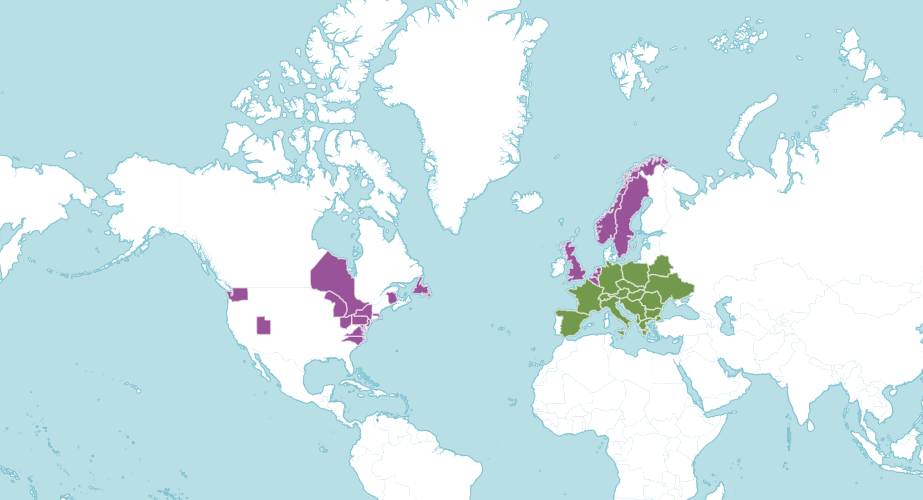
Woodland, grassland and shrubland. Likes to grow in well-drained, chalk and limestone soils, under the shade of deciduous trees.
Find it in our gardens
Kew Gardens
A botanic garden in southwest London with the world’s most diverse living plant collection.
Location
Rock Garden, Natural Area, and around the Temple of Aeolus
View map of Kew GardensBest time to see
Wakehurst
Kew’s wild botanic garden in Sussex that has over 500 acres of plants from around the world and is home to the Millennium Seed Bank.
Location
Winter Garden and near the Visitor Centre
View map of WakehurstBest time to see
Our work
Common snowdrops are threatened in the wild due to habitat destruction caused by land-use changes and over-collecting for the horticultural trade.
All snowdrops (Galanthus spp.) are listed in CITES Appendix II, meaning their trade is closely monitored and regulated to ensure it does not threaten their survival in the wild.
Kew's Plant Assessment Unit conducted conservation assessments on common snowdrops for the IUCN Red List, to see trends in extinction risk and help focus conservation efforts where they are needed most.
We have also been monitoring and recording the first flowering dates of plants in our gardens for over 50 years to provide valuable information about our changing climate and an early warning of the effect this may have on our plants.
While in the 1950s common snowdrop flowers often appeared around the end of February, since the 1990s the first signs of their delicate, white flowers are seen in January.
In 2019, a new species of snowdrop (Galanthus bursanus) was discovered by a Turkish doctor, a Ukrainian stem-cell researcher and a Kew researcher from a holiday photo posted to Facebook.
The new snowdrop from north-western Turkey is unfortunately listed as Critically Endangered due to threats from illegal collecting, land-use changes, deforestation, and climate change.



